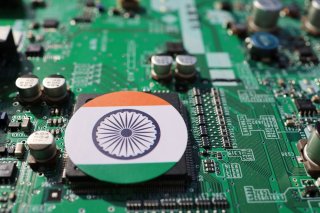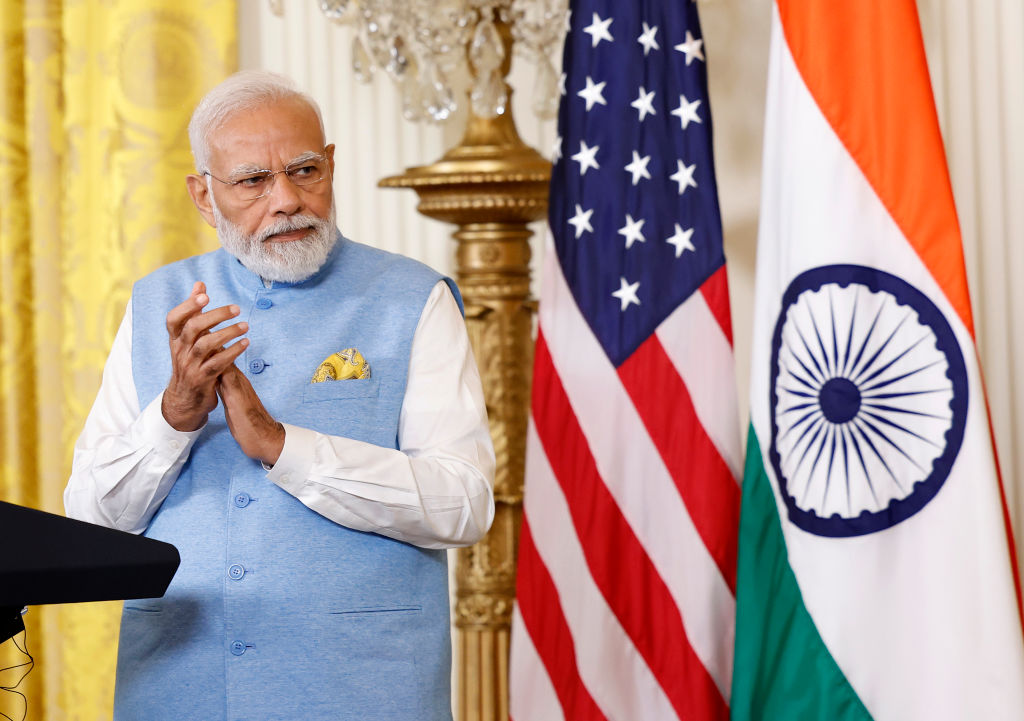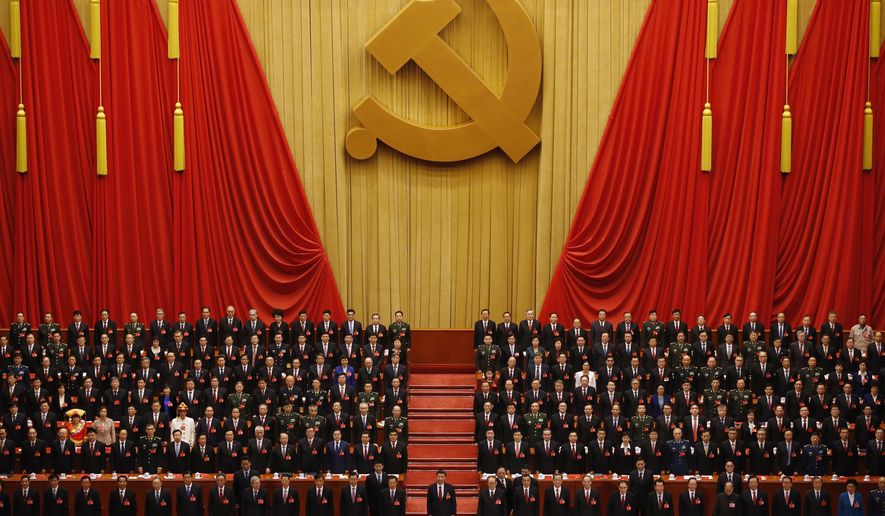Jagannath Panda
 In June 2023, India announced its decision to reopen the application process for businesses interested in constructing new semiconductor fabrication plants (commonly called fabs). The process will be undertaken by a new government agency, the India Semiconductor Mission (ISM), within the Ministry of Electronics & Information Technology (MeitY). The ISM is designated to implement a “long-term strategy” for developing semiconductors and display manufacturing “ecosystem.”
In June 2023, India announced its decision to reopen the application process for businesses interested in constructing new semiconductor fabrication plants (commonly called fabs). The process will be undertaken by a new government agency, the India Semiconductor Mission (ISM), within the Ministry of Electronics & Information Technology (MeitY). The ISM is designated to implement a “long-term strategy” for developing semiconductors and display manufacturing “ecosystem.”This “modified” government-approved $10 billion incentive program that aims to support (up to 50 percent) project costs will increase India’s attractiveness as a globally competitive partner. India is not yet comparable to major global semiconductor producers (and consumers) with deeper pockets (e.g., the United States, whose CHIPS Act provides $52 billion in subsidies for domestic semiconductor manufacturing). India’s wooing of the semiconductor industry notwithstanding, this is the second round: the government approved its first incentive policy in December 2021, and the application process closed in early 2022. Only a handful of companies applied, and little progress has yet occurred.
Things were looking up when the Indian conglomerate Vedanta signed a memorandum of understanding (MoU) with the Taiwanese technology giant (also a key Apple supplier) Foxconn for a $19.5 billion fab investment in Gujarat. But reportedly, the government will deny the project funding for not fulfilling its requirements.
In the wake of the new reapplication announcement, the speculation about funding rejection seems increasingly likely, and the joint venture might reapply. In addition, the chipmaking plans of the ISMC consortium, including Israel’s Tower, are similarly stuck owing to Tower’s delayed merger with Intel. The third applicant, a Singapore-based consortium led by IGSS Ventures, has also decided to resubmit its case.
















